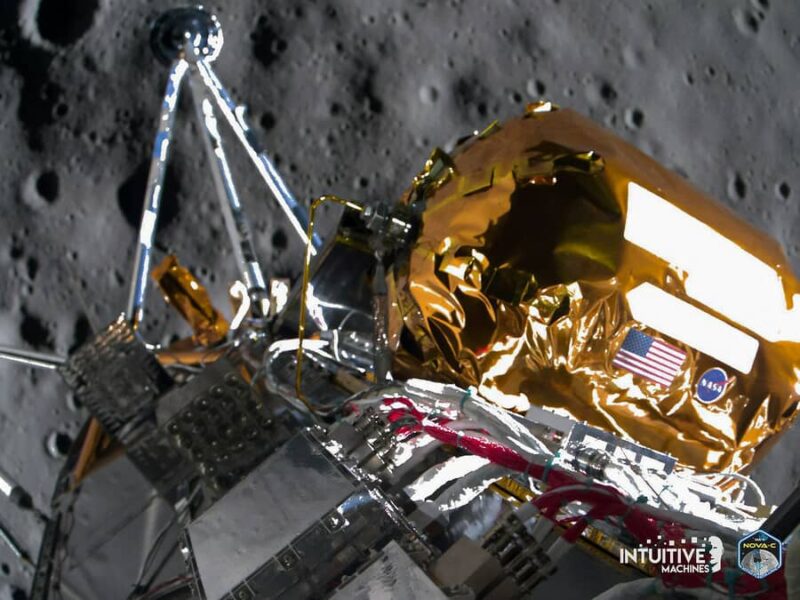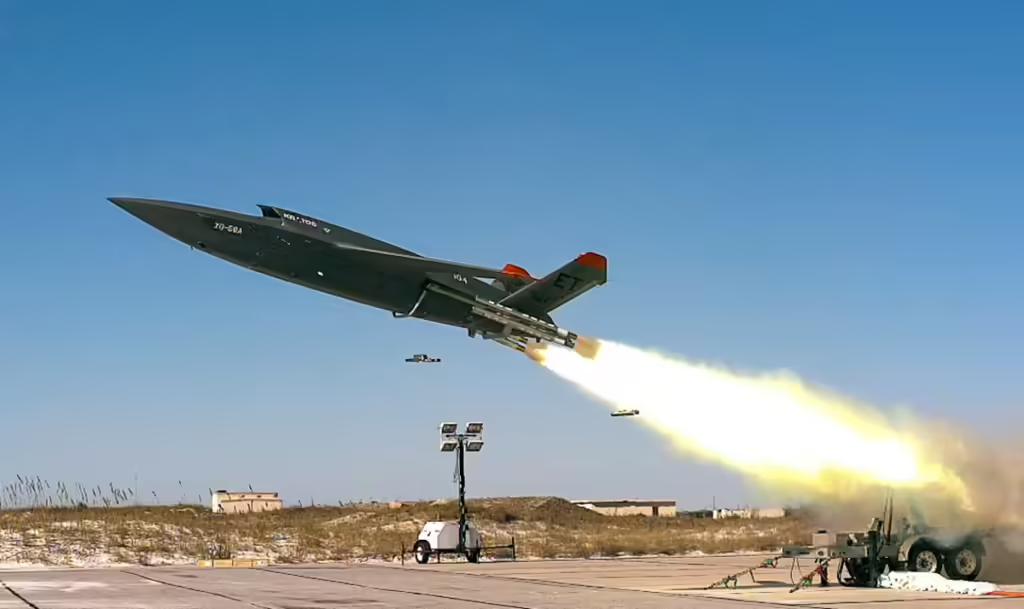Innovate
St. Pete startup takes advanced AI to the Moon

Valkyrie, an artificial intelligence-focused applied science research and development company, will soon hitch a ride to the Moon with a St. Petersburg startup.
Austin-based Valkyrie announced Thursday that it formed a strategic partnership with Lonestar Data Holdings, which operates from the Maritime and Defense Technology Hub. In February, the local startup became the first to transmit data to and from space.
Chris Stott, founder and CEO of Lonestar, explained that Valkyrie’s AI-powered Graph Database can quickly sift through and retrieve a file before Lonestar beams it back down to Earth. “It just gets your data so much faster while using less energy and resources,” he said.
“It’s having a huge impact down here on the ground,” Stott added. “But in space, it’s game-changing.”
Lonestar will carry Valkyrie’s knowledge graphs – data sets representing real-world entities and their relationships – aboard its second payload to the Moon in January. The partnership positions the two companies at the forefront of a burgeoning lunar economy.
Stott noted the initial skepticism surrounding his goal to establish data centers on the Moon. He said people similarly questioned Valkyrie’s ability to create graphical knowledge databases for AI – “and that was three or four years ago.”
“Now, today, we both look prescient,” Stott said. “For them to see what we see – the possibility and opportunity here to fundamentally change things on the ground for data storage by using the Moon.”
Founded in 2017, Valkyrie has already achieved global success through its tailored AI and machine-learning solutions. The company has sectors dedicated to industry, government, social impact and motorsports.
Clients range from the Department of Defense to the United Way. The U.S. Air Force has used algorithms to fly the Valkyrie XQ-58A combat drone since August 2023.

Algorithms guide this uncrewed Valkyrie jet. Photo: U.S. Air Force.
Stott said he met Valkyrie CEO Charlie Burgoyne on a zero-gravity flight in May. The two companies were testing equipment, and “the moment we started chatting about this stuff, we just lit up.”
Lonestar plans to safeguard the world’s most data in space, away from environmental and human threats. Stott called Valkyrie’s graphical knowledge databasing “the backbone of large language models.”
He noted that the technology searches and retrieves 10,000 times faster than conventional methods. The overarching goal is to evaluate the process in one of the most hostile environments – space.
“All the major AI stuff today, like three years on, that is what they’re using,” Stott explained. “They’ve (Valkyrie) been in this area since the very beginning. They’re really good at what they do, and it makes a huge difference to what we’re able to do.”
In May, Lonestar unveiled its Freedom payload, designed by Denmark-based Bjarke Ingels Group. It follows the Independence, launched in February aboard Intuitive Machines’ innovative lunar lander, Odysseus.
Odysseus became the first American spacecraft to land on the Moon since NASA’s Apollo 17 mission in December 1972. Several private companies are collaborating to establish a long-term lunar presence through the upcoming Artemis program.
The software-based Independence testing mission was a resounding success. The hardware-focused Freedom payload will constitute the first data center on Earth’s largest satellite.

Lonestar CEO Chris Stott (left) speaks with former NASA engineer Jay F. Honeycutt at the Dec. 15, 2023, opening of mission control inside the Maritime and Defense Technology Hub. Photo by Mark Parker.
While the new mission will last about two weeks, Stott said the equipment can withstand the Moon’s harsh conditions for a millennium. He is already preparing for a third mission next year, which will carry 12 petabytes, or 12 million gigabytes, of data.
Stott said Valkyrie was among the first companies to realize the benefits of establishing lunar data centers. He believes the industry leader’s partnership validates Lonestar’s vision.
“When NASA goes back to the moon, cutting-edge AI and edge processing will be there waiting for them as a tool,” Stott said.
Valkyrie will test its Graph Database’s performance on astrophysics data stored aboard Lonestar’s payload in January. In a prepared statement, Burgoyne said his company has “tirelessly, yet quietly, developed critical capabilities for industry and defense, including graph database technology.”
He said the partnership with Lonestar will alter the future of data security and edge computing. “We believe that by combining our expertise, we can create data centers that are more secure, more efficient and more effective than anything … before,” Burgoyne added.
“Lonestar’s accomplishment is one small step for technology but a giant leap for industry.”







